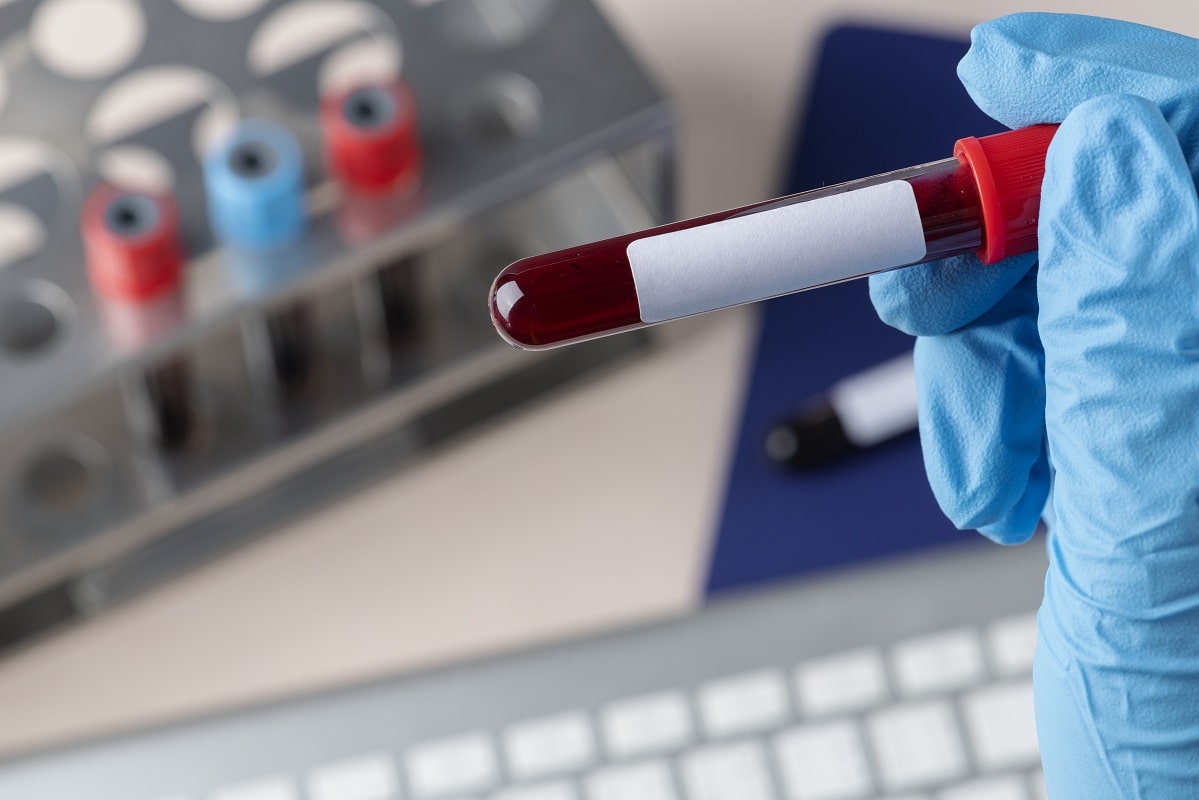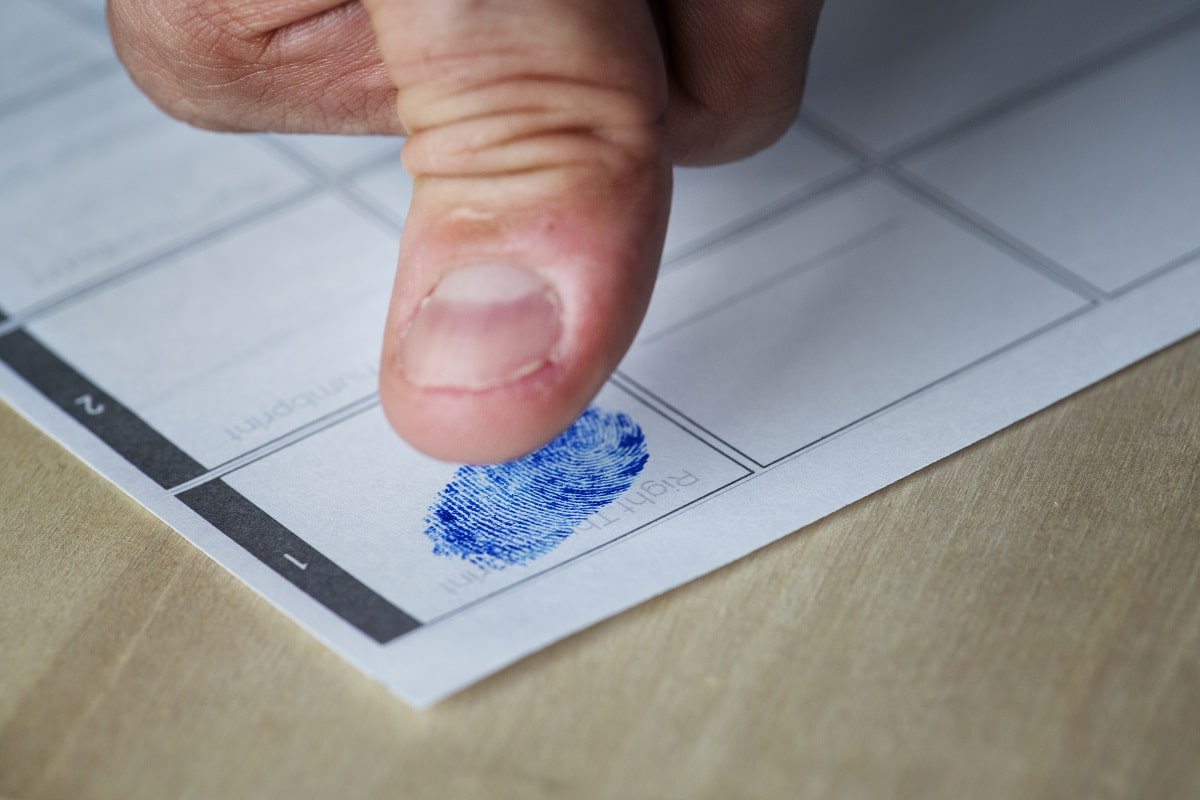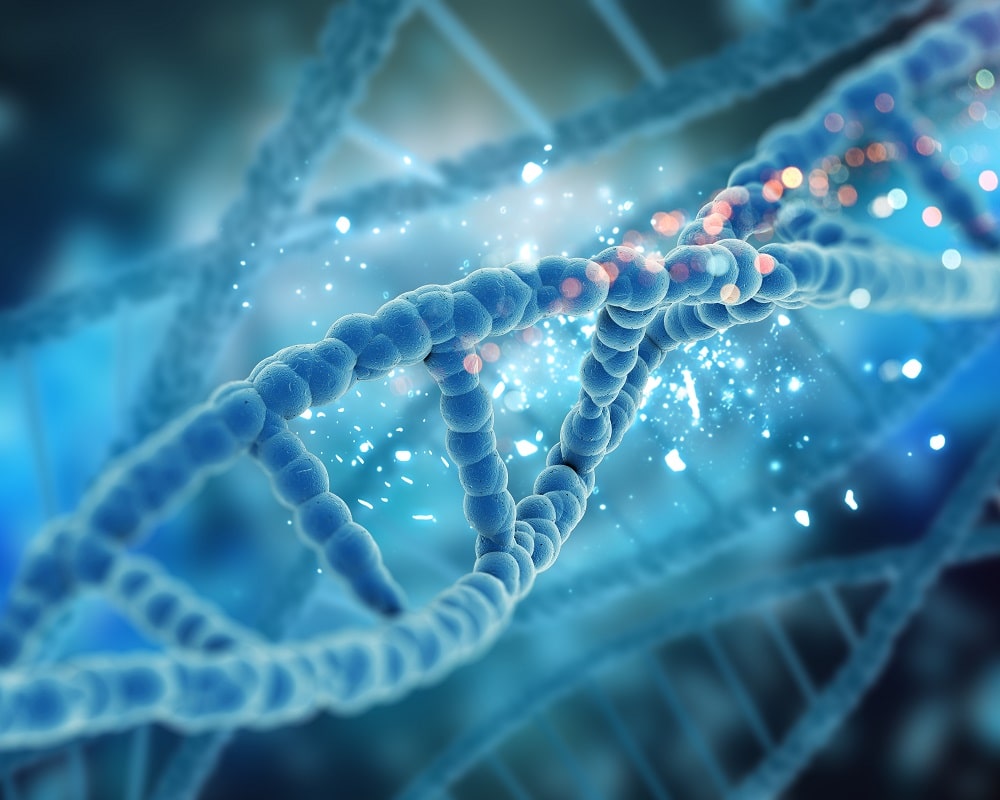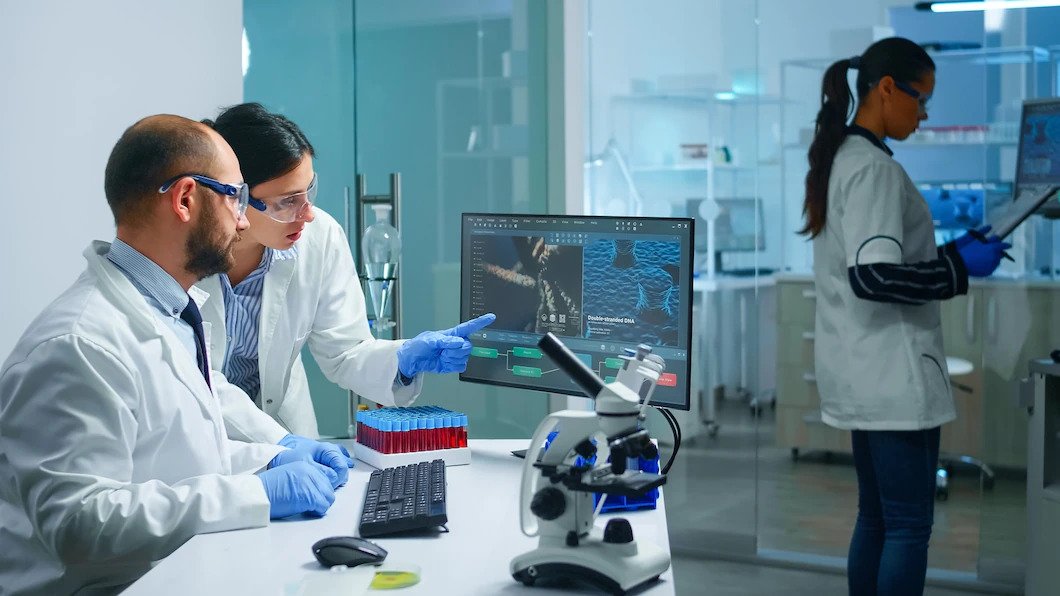DNA evidence is a powerful tool that can be used in criminal cases to help determine the guilt or innocence of an accused individual. The problem is, that there are many factors that can influence the reliability of DNA evidence and, as a result, the outcome of a case. In this post, we’re going to discuss some of these factors, including what DNA is, how it works, and how it can be used to help determine whether or not someone is guilty.
What is DNA Evidence?
DNA evidence is the most powerful forensic tool available to law enforcement. It can be used to identify people, determine the source of biological material, and even provide information about the health of an individual.
Your DNA profile, just like your fingerprints, is unique and cannot be replicated by anyone else. This makes DNA evidence incredibly valuable when it comes to determining the identity of an individual and proving their involvement in a crime.

When was DNA Evidence in Criminal Cases First Used?
Forensic DNA analysis and DNA profiling were first used in 1986 when the UK police requested suspect verification for two rape-murder cases. Dr. Alec J. Jeffreys of the University of Leicester found out, through forensic DNA evidence, that the suspect did not commit the crime. This was a game-changer in the DNA testing field, and it led to the development of using DNA evidence in criminal cases.
What Type of Evidence is DNA?
DNA is biological evidence, which is a type of physical evidence that can be used to help prove or disprove a person’s involvement in a crime. The following types of DNA evidence include:
- Fingerprints
- Bloodstains
- Blood
- Bodily fluids
- Saliva
- Blood
- Urine
- Skin cells
Gathering DNA Evidence
In order to collect DNA evidence, law enforcement must first obtain a sample of biological material from an individual. The sample is then analyzed to determine the presence of DNA. Once the DNA sample is collected, it is sent to a lab where it is analyzed and compared to DNA samples of known individuals.
Identifying DNA Evidence
The process of identifying DNA evidence is called DNA amplification. It’s accomplished by extracting the DNA from the biological sample and then amplifying it to make it easier to detect. In just a few hours, millions of copies of a specific sequence of DNA are made from the original sample, and then they are analyzed to determine if they match any of the DNA profiles in the suspect database.
Is DNA Class or Individual Evidence?
Class Evidence – When a piece of evidence is collected from a group of people, such as a family or a group of suspects, it is called class evidence. It helps to narrow down the pool of possible suspects, but it doesn’t prove that any one person committed the crime.
Individual Evidence – This is a type of evidence that can exactly pinpoint the identity of a suspect. Examples of individual evidence that can directly incriminate someone includes fingerprints, blood, semen, saliva, hair, skin cells, or bodily fluids.
Is DNA class or individual evidence? DNA is individual evidence because it can identify a suspect and prove that they committed a crime.
How is DNA Evidence Collected and Packaged?
When a crime is committed, the police will collect evidence from the scene of the crime. If the crime involved bodily fluids, then the police will also collect saliva, blood, urine, and other bodily fluids from the scene. They will then package the evidence in a sealed container to avoid any contamination.
The next step is to take the evidence to a laboratory. The lab will extract the DNA from the biological sample, amplify it, and then compare it to the DNA profiles of known individuals. The DNA profile of the individual whose DNA is being tested is compared to the DNA profile of the biological sample. If the DNA profile of the biological sample matches the DNA profile of the suspect, then the suspect is identified.
What are the Different Methods of DNA Testing?
Generally speaking, there are four types of DNA test analysis: Polymerase Chain Reaction (PCR), Short Tandem Repeats (STR), Y-Chromosome, and Mitochondrial DNA.
- Polymerase Chain Reaction (PRC) – PCR is a method that is used to amplify the DNA sample. This is done to increase the number of copies of DNA that are available for analysis. PCR is a highly reliable method for DNA analysis because it is accurate and reproducible.
- Short Tandem Repeats (STR) – STR is commonly used in forensic laboratories, paternity tests, and missing persons cases. Extracted DNA is added to chemical agents and then heated, which causes the DNA to separate into two strands. The number of repeats in each strand is unique, which makes it possible to determine the identity of the person whose DNA was extracted.
- Y-Chromosome – A Y-Chromosome DNA test is used to identify males. This is the only type of DNA test that can be used to determine the sex of a person. Y-chromosome is inherited from the father.
- Mitochondrial DNA – Mitochondrial DNA is inherited from the mother. It is present in all human cells and is found in the mitochondria, the energy-producing parts of the cell.
What are the Limitations of DNA Evidence?
While DNA evidence is extremely reliable, there are some limitations to consider. In some cases, DNA evidence may not be conclusive. For example, if a suspect has been in a car accident and his DNA is on the steering wheel, then the DNA evidence may not be enough to identify him as the driver. This is particularly true if the car in question is being rented out or used by more than one person.
DNA evidence can also be unreliable if the biological sample is contaminated with other people’s DNA. This is especially true if the sample is taken from an area where many people are gathered, such as a crime scene.
Can DNA be Used to Prove Someone Guilty?
The criminal justice system has come a long way since the days when fingerprints were the only form of identification. Today, DNA evidence is considered the legal standard for proving someone’s guilt. It is used in almost every case where a suspect is accused of committing a crime.
DNA test results also help innocent victims of wrongful convictions and exonerate them. Not to mention that the use of DNA has led to the conviction of thousands of criminals and helped solve hundreds of cold cases.
How is DNA Used as Evidence for Crimes?
DNA evidence is used in criminal investigations to identify suspects, link suspects to crimes, and exonerate innocent suspects. DNA profiling is one of the most important tools in the criminal justice system and is used in almost every criminal investigation.
What is DNA Profiling?
DNA profiling is the process of comparing DNA evidence with known DNA profiles. This allows law enforcement to identify the suspect and determine whether or not they committed the crime. When a DNA profile is obtained, it is compared to a DNA database of individuals who have been convicted of crimes.
DNA profiling is also used to match DNA samples from crime scenes. This is especially useful in cases where the victim has been killed and the perpetrator has left behind a sample of his or her DNA. If there are a group of suspects, then DNA profiling can be used to link them to the crime.
In order to use DNA evidence, investigators must obtain a DNA sample from the suspect. This can be done through a voluntary search of the suspect’s body, such as a blood sample or hair sample. If the suspect refuses to provide a DNA sample, then investigators will obtain a court order to force the suspect to give a DNA sample.
Is DNA a Reliable Source of Evidence?
Yes, DNA evidence is very reliable. In fact, it is often referred to as the “gold standard” of forensic science. It is considered the most reliable form of evidence because it is virtually impossible to fake or alters.
DNA evidence is also highly accurate. The accuracy of DNA evidence is based on the fact that DNA is a unique identifier. The DNA molecule contains a specific sequence of nucleotides that are inherited from the parents. Each individual has their own unique set of these nucleotides, and no two people have the same set. This means that DNA evidence can be used to, without a doubt, identify individuals who have been involved in a crime.
While the accuracy of DNA evidence is unquestionably accurate, it is not infallible. There are times when DNA cannot be used to prove someone’s guilt or innocence. For example, if it is contaminated with another person’s DNA, then the sample will not be able to accurately identify the suspect. This is very common when a person is being framed up for a crime, or when the crime scene has been tampered with.
“DNA planting” is a strong defense against a criminal charge, and is often used in murder trials. If you have been accused of a crime, you should contact an experienced criminal defense attorney who can review your case and advise you about your legal options.



